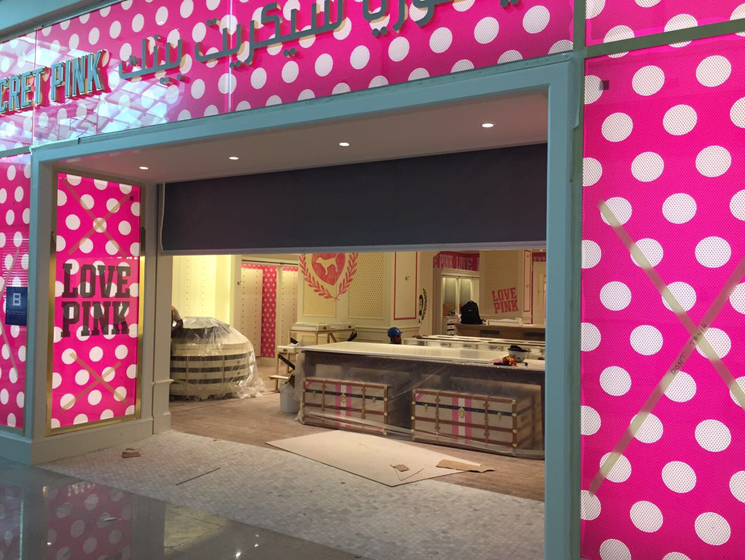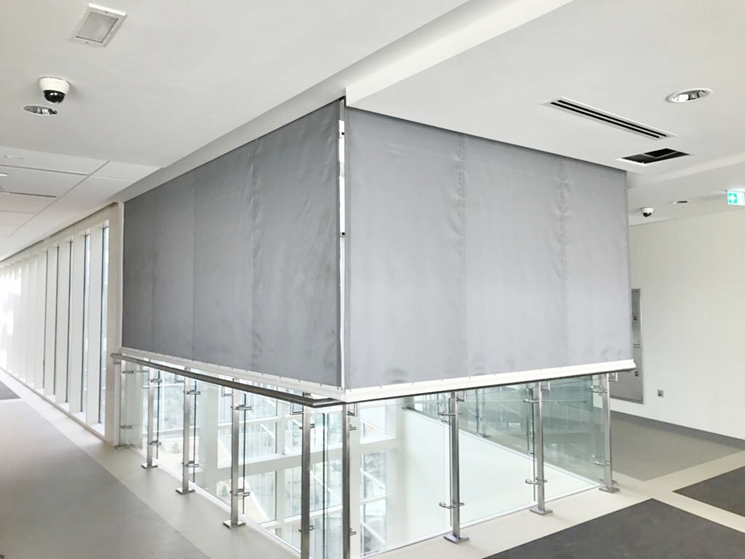Passive Fire Protection (PFP) is the first line of defense in the preventing the spread of fire. As opposed to active fire suppression, such as fire extinguishers and sprinkler systems, passive fire protection doesn’t actively put the fire out. Its aim is to contain the fire and smoke within a compartment of the building, allowing the safe evacuation of the property, and preventing further damage to the structure. If the location of the fire prevents the evacuation of all areas, then passive fire systems provide protection to any trapped personnel allowing the fire brigade to attend the scene, and effect the safe removal of those trapped. An important piece of fire protection advice to remember is that passive fire protection can, and does, save lives as well as property.

- Structural Steel Fireproofing
- Structural Concrete protection
- Duct Fire Protection
- Cable Tray Fire Protection
- Fire Partition Wall
- Wood & Carpet Protection
- Fire & Smoke Curtains
When steel heats up during a fire, the structure gradually loses its load-bearing capacity at temperatures between 350 ºC to 750 ºC. Depending on the dead load on the structure, it would typically fail when the steel reaches temperatures between 500 to 600 ºC. Therefore, structural steel protection is required to preserve the stability of the building structure in the event of fire. The required thickness of each product depends on: The fire resistance requirement (typically 60, 90 or 120 minutes, sometimes even 180 or 240 minutes, in accordance with local legislation and mostly depending on the function and height and activities inside the building).
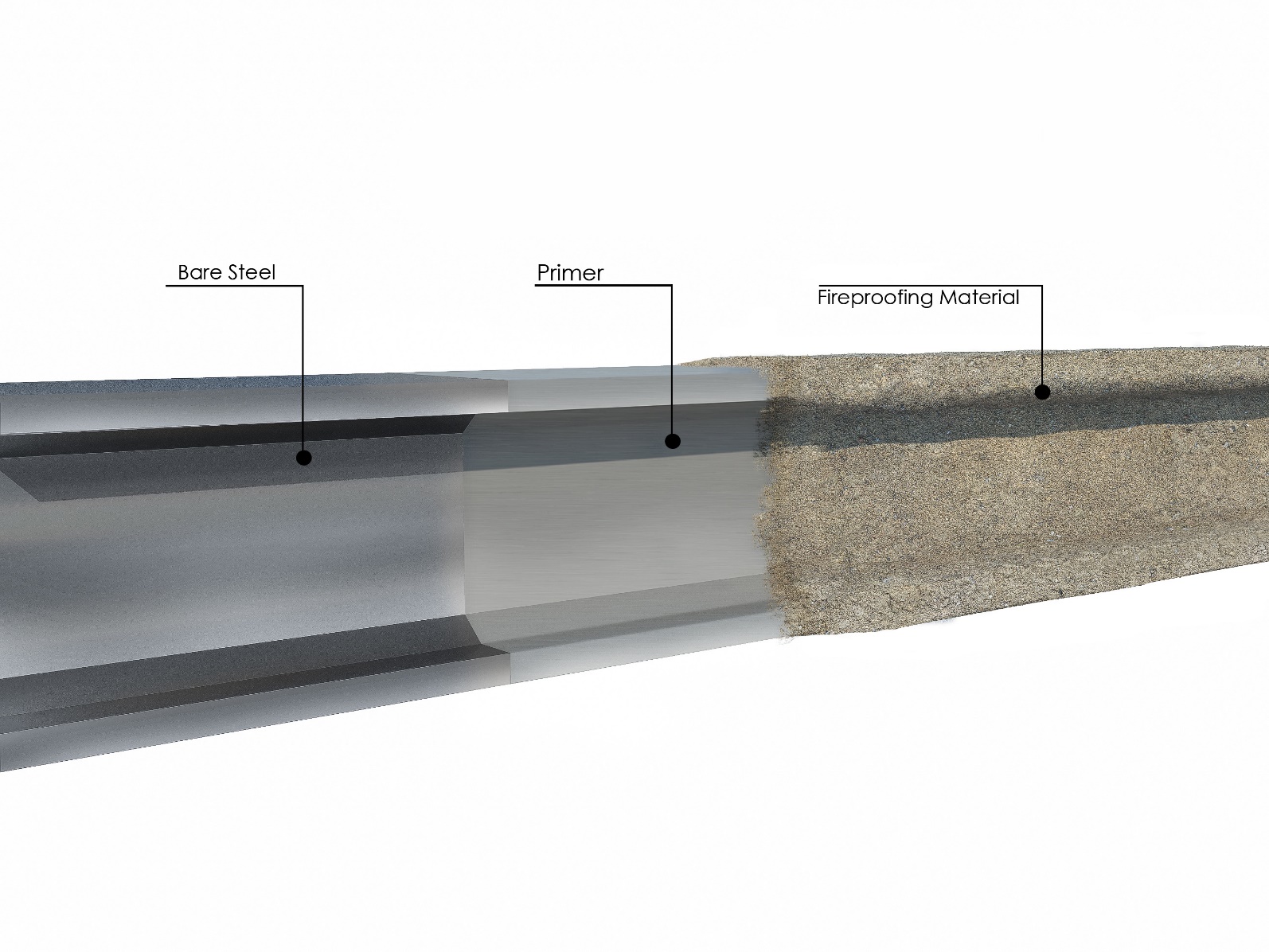
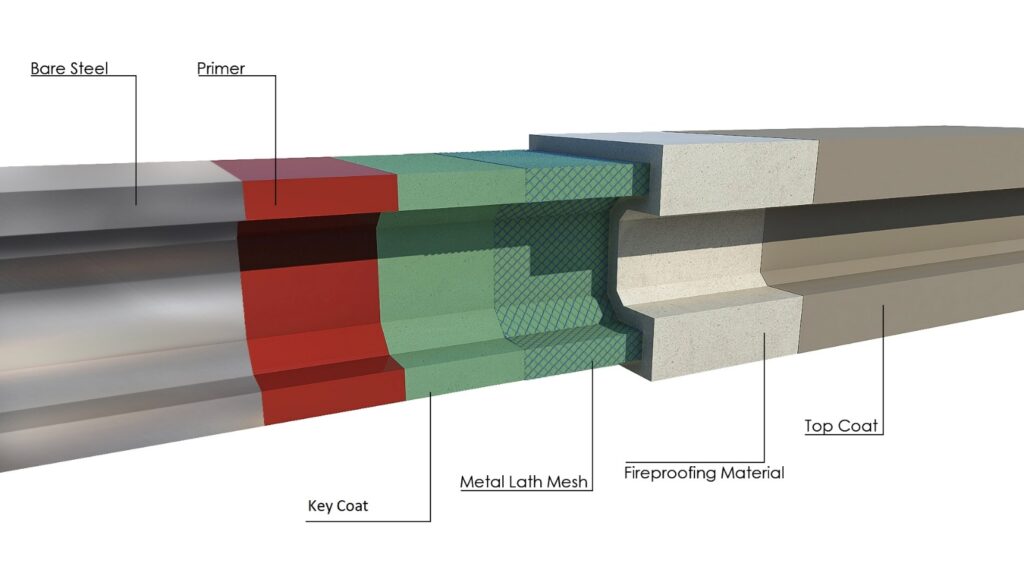
When concrete heats up during fire, at some point in time the steel reinforcement will heat up as well. The heating of the steel reinforcement is delayed by the concrete cover since the thermal transfer through the concrete is relatively slow. Moreover, at temperatures in a range of roughly 200-800 ºC the concrete itself loses its load-bearing capacity because of internal micro-cracking and chemical transformation (dehydration) of the cement phase. Typically, design standards simplify this gradual strength loss by assuming a limiting temperature of 500 ºC for concrete. Whenever the concrete cover thickness is insufficient to keep the steel reinforcement temperatures low enough to avoid collapse, or when spalling of concrete could occur or when the concrete itself is deteriorated, fire protection is needed.
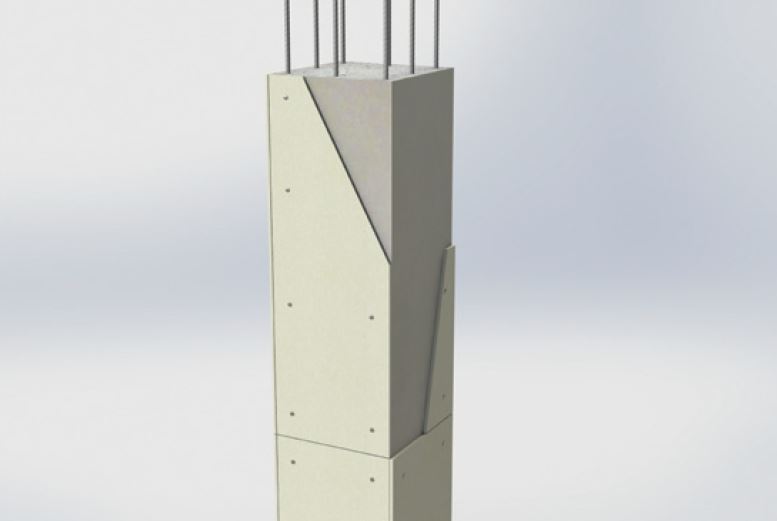
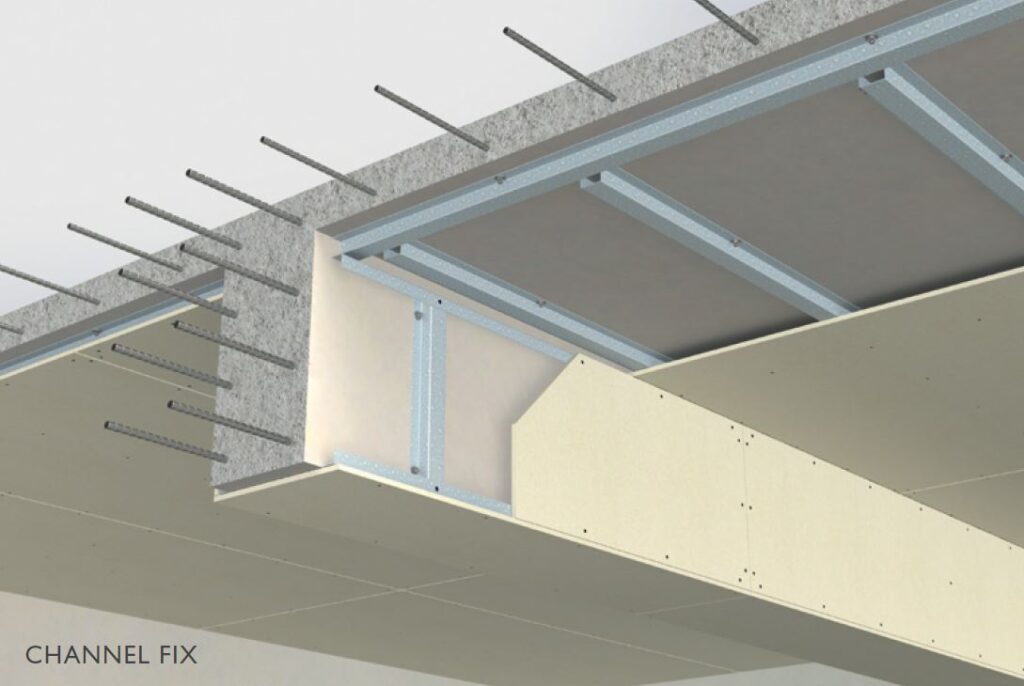
The prevention of fire spread through ducted systems is of critical importance, fire is contained in a compartment as first and foremost in stopping the spread of fire in a building. In particular, passive fire protection is an effective measure to defense fire attack and uphold fire safety of the building.

The prevention of fire spread through mechanical and electrical services is of critical importance, fire is contained in a compartment as first and foremost in stopping the spread of fire in a building. In particular, passive fire protection is an effective measure to defense fire attack and uphold fire safety of the building.

High performance lightweight Partition System
Efficient compartmentation is proven to be the best solution to contain fire and avoid it spreading throughout the building.

Fires occurring in commercial and residential buildings are one of the main concerns when designing and constructing a building that is meant to be safe. The chosen construction materials will have a fundamental impact on a building’s susceptibility to fire, as well as on the fire protection requirements that the building will have to meet. Wood and fabrics are combustible materials, being a natural support for flames. One of the main goals of building and fire codes is to limit the spread of fire and protect nearby buildings if a fire occurs. For example, buildings that are in close proximity of each other must ensure that wood panel structures, if they exist, are protected by a fire-retardant system that is approved within the jurisdiction where the building is located.
- Can be applied on any wood, upholstery and carpet substrates to make it flame retardant.
- Interior Panels & Fabrics protection.
- UAE Civil Defense approved.
- Easier application & cost effective solution
The majority of deaths in a fire scenario are caused not by flame burns, but by the inhalation of hot smoke and toxic gases. As a fire develops, smoke can quickly fill the building creating a chaotic situation where people are incapacitated and unable to access exit points. Fire curtains are barriers replacing fire doors and fire partitions and provide a safe escape for up to 4 hours to the occupants of a building in event of an fire. Smoke Curtains are used to control the movement of smoke through a building in the event of a fire. They can either channel smoke to smoke extraction points or create reservoirs to slow its spread. They remain virtually invisible when the curtain is stored in its retracted position within the compact headbox. When signaled by a local detector device or a fire alarm signal, they descend to the operational level above the floor.
- New Installation of Standard Fire & Smoke Curtains for virtually unlimited sizes for various facility requirements
- Annual Maintenance (AMC) of Fire & Smoke Curtains
- Civil Defense approved system
